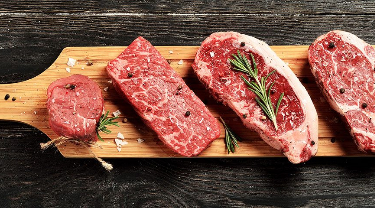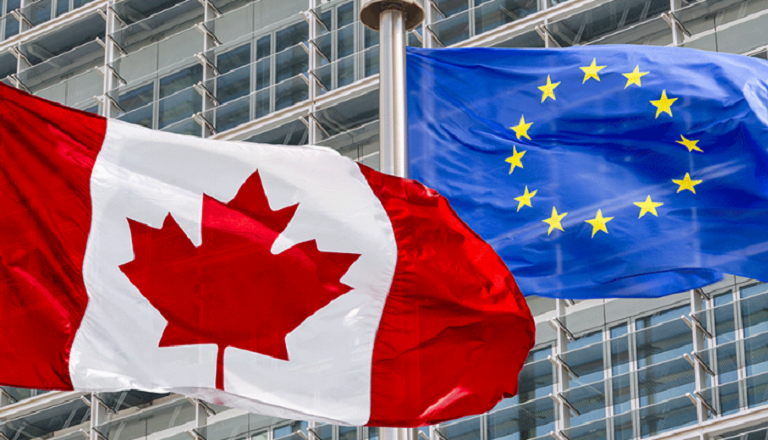The Comprehensive Economic and Trade Agreement (CETA) goes into effect on September 21, removing import tariffs on 50,000 tonnes of beef and veal, and 3,000 tonnes of bison. It’s an agreement that could be a huge boon for the industry, with some saying it could boost beef exports from $5-$10 million a year to more than $600 million.
Impressive numbers—but there are a few challenges Canadian exporters need to consider before making plans to go global.
Regulations on EU imports will remain in effect under CETA, meaning European countries will only accept beef, veal and bison products that:
- are raised without growth hormones
- are treated with antibacterial interventions approved by the European Food Safety Agency
Both regulations make it difficult to get beef to European markets. If you’re a beef producer, it costs about 20 per cent more to raise hormone-free cattle. And while talks on antibacterial interventions are ongoing, meat packers could wait years for EU approval.
Despite these challenges, there are opportunities for smaller companies that already export to the EU and are looking to grow, or exporters who want to start connecting to a potentially lucrative international market. You just need to do your homework and take advantage of the resources available to you.
1. Know the rules for beef and cattle exports
In order to take advantage of CETA, both red meat producers and feedlot operators need to understand and follow the regulations for exporting beef to the EU. A good place to start is the Canadian Cattlemen’s Association’s market access requirements, where you can download specific guidelines in English and French.
The CCA also plans to add more resources and create informational videos on CETA for beef producers and feedlots in the coming months.
2. Get strategic about beef branding
When you’re trying to grow your brand, you need to know what makes you stand out from the competition. Lucky for you, someone’s already done that: The Canadian Beef Advantage (CBA) is a global market strategy that helps promote the value of our beef exports and builds industry and consumer awareness. For more information on the CBA, visit Canada Beef.
3. Connect with industry experts
Canada has a number of national and provincial associations that support the interests of beef producers, feedlots and meat packers. You can also connect with a trade commissioner in your province, experts from EDC or access Agri-Food Trade Services for Exporters to ask questions online.
With the right support, you can take advantage of duty-free trade with Europe. And while you may wonder if the technical challenges will make it worth the effort, just remember: there are approximately 500 million people across the EU who serve up more than 7 million tonnes of beef annually. That’s a golden opportunity, even if it comes with some red tape.







